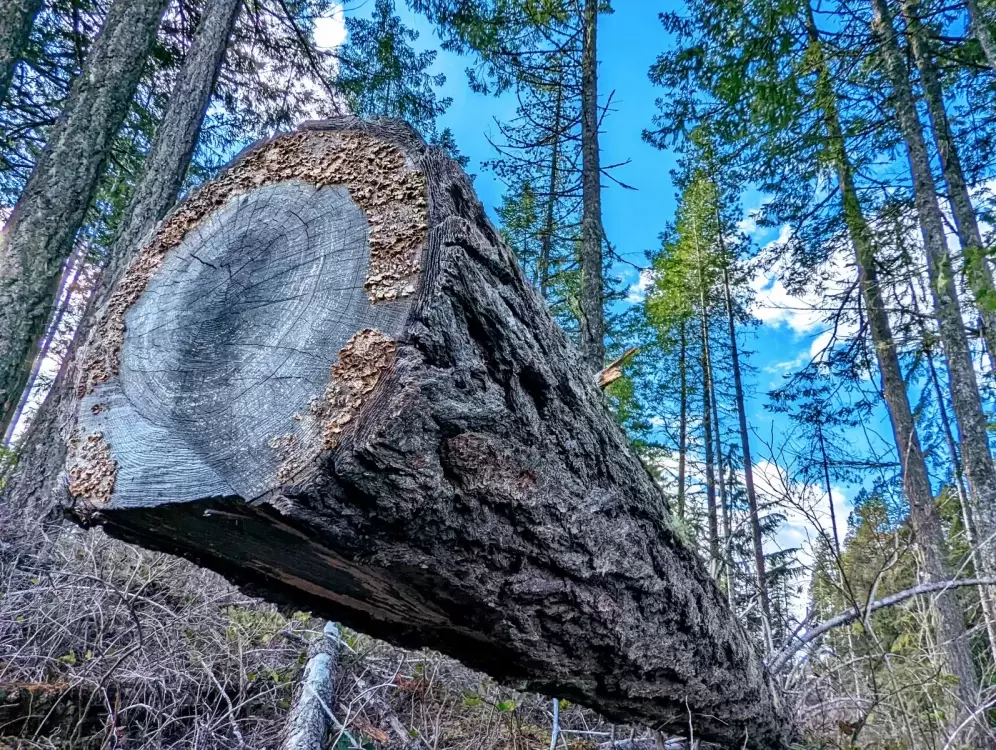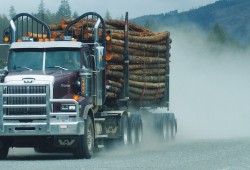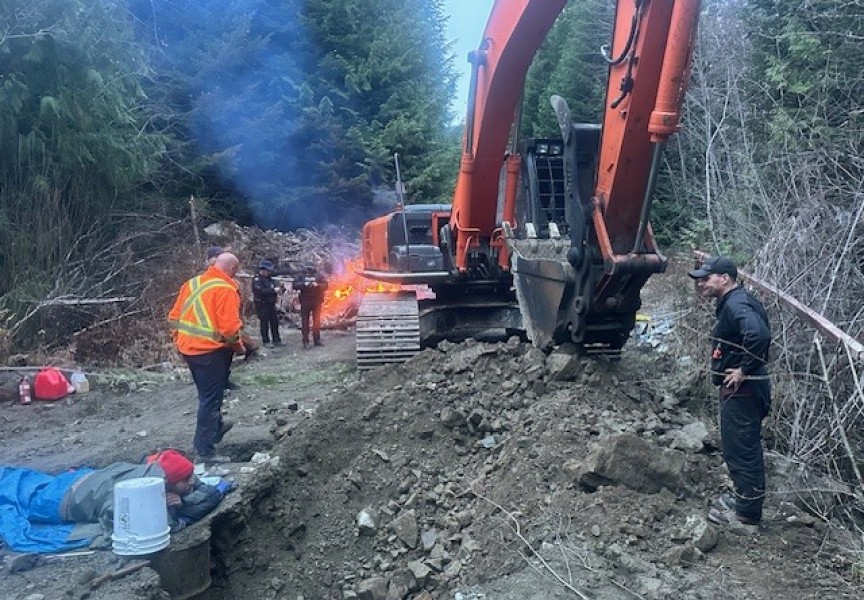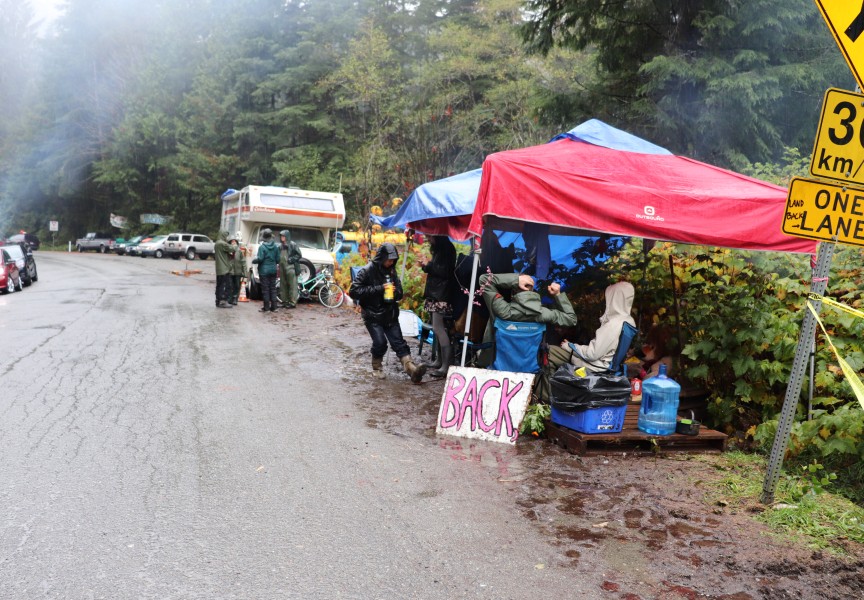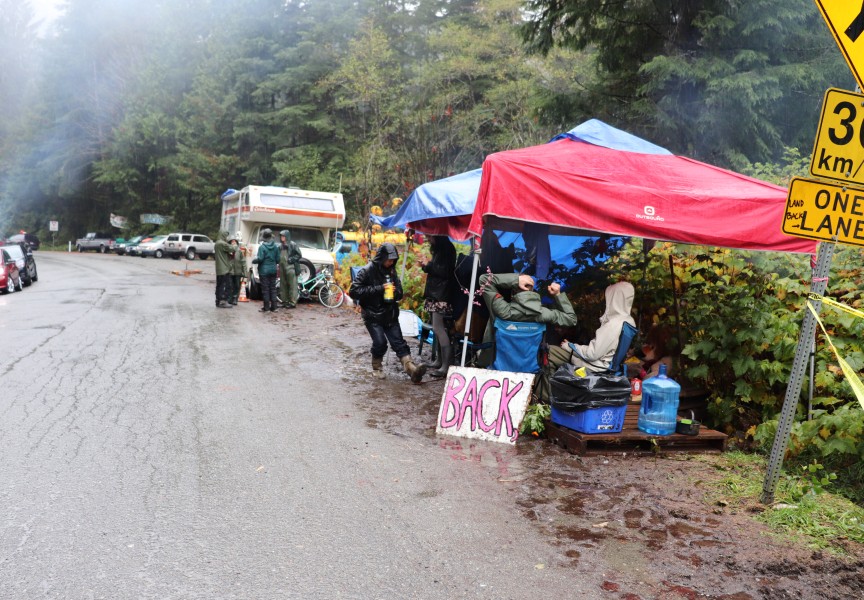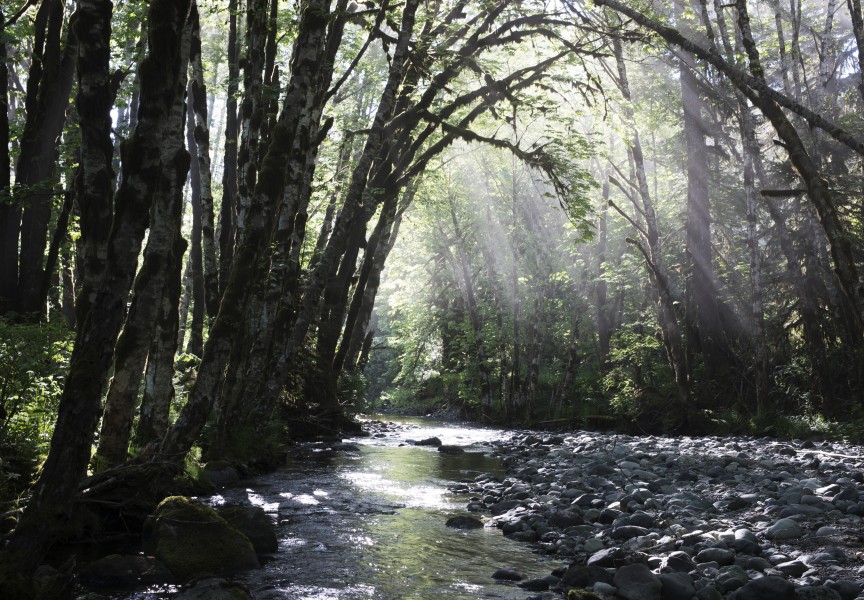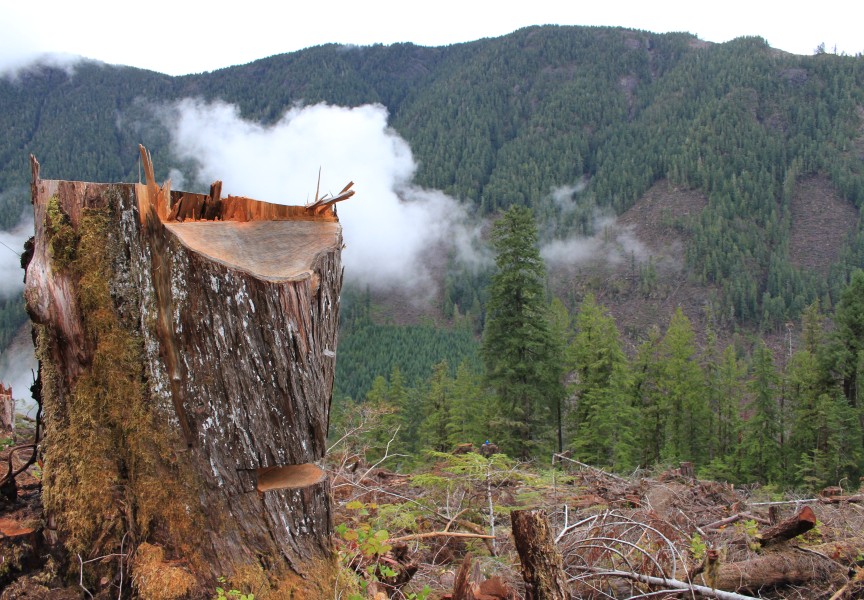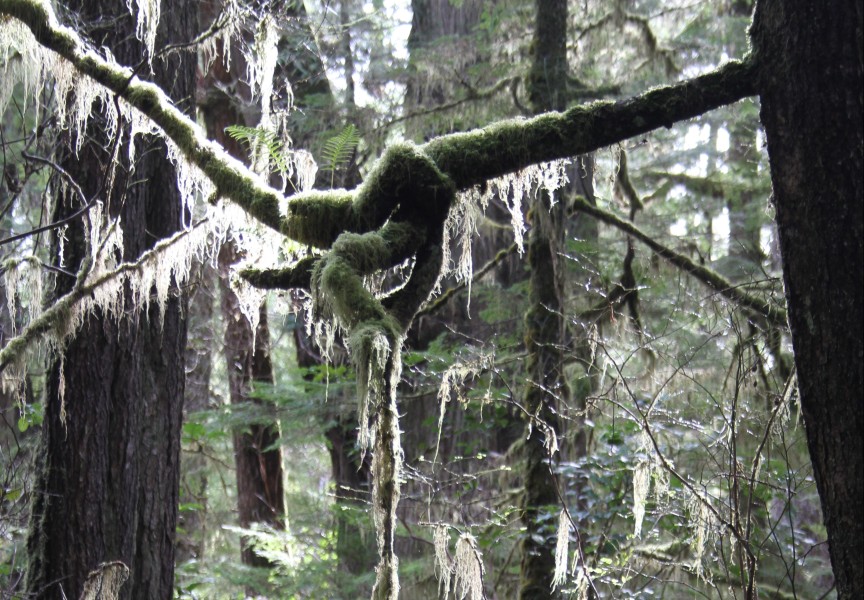Temperate forests in B.C., long a carbon sink and buffer against global warming, have become net carbon sources and now contribute to accelerated climate change in the 21st century.
Through computer modelling, the province’s greenhouse gas inventory shows forests in the province have begun producing more carbon than they take in, an alarming reversal over the last 20 years caused in part by worsening wildfires and mountain pine beetle devastation.
According to National Resources Canada, “The outcome of all these interconnected events is likely to be further acceleration of the feedback loop: more emissions will lead to accelerated climate change, which in turn will enhance the conditions that create more carbon-releasing disturbances in Canada’s forests.”
In the face of cascading environmental impacts, forest research has begun to focus on ways to respond through science and innovation. Last week, Huu-ay-aht First Nations (HFN) and Western Forest Products, together with mutually held Tsawak-qin Forestry, announced their Hišuk ma c̕awak Manufacturing Initiative (HMI).
“Our approach is to put back in what we take out,” said Robert Dennis Sr., HFN chief councillor.
The partners say HMI is a first-of-a-kind collaboration between First Nations and industry, one working toward a “climate-positive future.” They see potential to tap into the carbon storage capacity of wood products with a goal to go beyond reducing emissions and remove more carbon from the atmosphere than emitted by 2030.
“Over the past five years, together with TFL 44, we have planted over five million trees, which is more than the provincial standard requires,” Dennis said. “Now, we are taking that a step further and will reinvest in ways to lead the way to a climate-friendly future, guided by our sacred principles and the wisdom of our ancestors and the knowledge, innovation and support of our local communities and partners.”
As B.C. embarks on a goal to slash greenhouse emissions over the next 10 years, HMI is seen as a model to others in the forest sector. The initiative grew out of a mutual interest in Tree Farm Licence 44 and aligns with an Indigenous-led integrated resource management plan for TFL 44 and Huu-ay-aht lands, a long-range plan designed to balance economic needs with sustainable ecosystems.
The partners say they will work with all First Nations in the area to:
• Identify opportunities for skills training and capital investment
• Explore potential income streams through carbon credits and green energy programs.
• Adopt innovative approaches to land management.
• Extract more wood from areas harvested to reduce waste and slash burning.
A 2019 study by the Pacific Institute for Climate Solutions concluded that building more with wood in combination with region-specific sustainable forest management practices could provide significant emissions cuts for B.C. A best-case scenario suggests innovative measures could contribute 35 per cent of the province’s 2050 emissions reduction target.
“This type of sector-wide initiative is the kind of approach that will produce long-lasting and measurable climate benefits,” said Elaine Oneil, director of science with the Oregon-based Consortium for Research and Renewable Industrial Materials.
Research suggests sustainable forest management, efficient recovery and utilization of logs and co-products, along with a manufacturing sector scaled to match the wood supply, could offer significant climate mitigation benefits greater than can be realized in unmanaged forests alone, Oneal said.
HFN and WFP commissioned a study for analysis specific to the region, looking at options to reinvest in manufacturing, aligned to the sustainable fiber supply in the region, adding value to the predominant species of hemlock and Douglas fir while increasing use of harvest and sawmilling residuals, all toward the goal of a more sustainable forest sector.
Jason Fisher, a forestry expert, First Nations adviser and partner with accounting firm MNP, has been engaged to examine options that add value to the local economy, the goal being to align manufacturing with fiber supply in the region. Fisher will work with TFL 44-area First Nations and other stakeholders on feasibility studies to attract long-term investment.
“I think it’s thrilling because this is a chance to look at Forestry 2.0,” Fisher said. “We’re looking at creating Indigenous opportunities all along the forest chain,” he added. “To me, that’s the real heart of this.”
Fisher said there is no better opportunity than the forest sector for creating a circular economy through end-of-life solutions for wood products.
“We’re creating opportunities for today and tomorrow despite the fact we know the climate is changing,” Fisher said. “Hopefully it can become an example of what else is possible out there.”
“Hišuk ma c̕awak” is another way of saying everything is connected in Nuu-chah-nulth, and so it is in the increasingly urgent context of greenhouse gas emissions. In its latest report, the UN Intergovernmental Panel on Climate Change warns that climate breakdown is accelerating. Nations are failing to meet the reductions required to stop global temperature from reaching 1.5 C above pre-industrial levels, the ceiling for avoiding runaway climate catastrophe.
As the first province to set specific emission targets for economic sectors, B.C. plans to reduce greenhouse gas emissions to 40 per cent of 2007 levels by 2030. Steven Guilbeault, minister of Environment and Climate Change, is expected to follow through with national sectoral targets by the end of March.
While some observers have applauded B.C.’s plan, environmentalists point to glaring gaps, a lack of strategic initiatives and no sense of urgency despite a heightened frequency of climate-related crises still fresh in the memory of 2021.
B.C. was one of the first out of the gate when it brought in a carbon tax in 2008, but it has a dismal track record to show for all of that. Fifteen years ago, former Premier Gordon Campbell pledged to reduce greenhouse emissions by 33 percent by 2020. Instead, emissions increased. A collapse of the forest carbon sink cannot have helped matters. More significantly, the province has not factored its continued liquified natural gas development into emission targets, critics contend.
In October, the Union of B.C. Indian Chiefs called for an end to LNG and fracking on grounds that climate change disproportionately endangers Indigenous populations.

